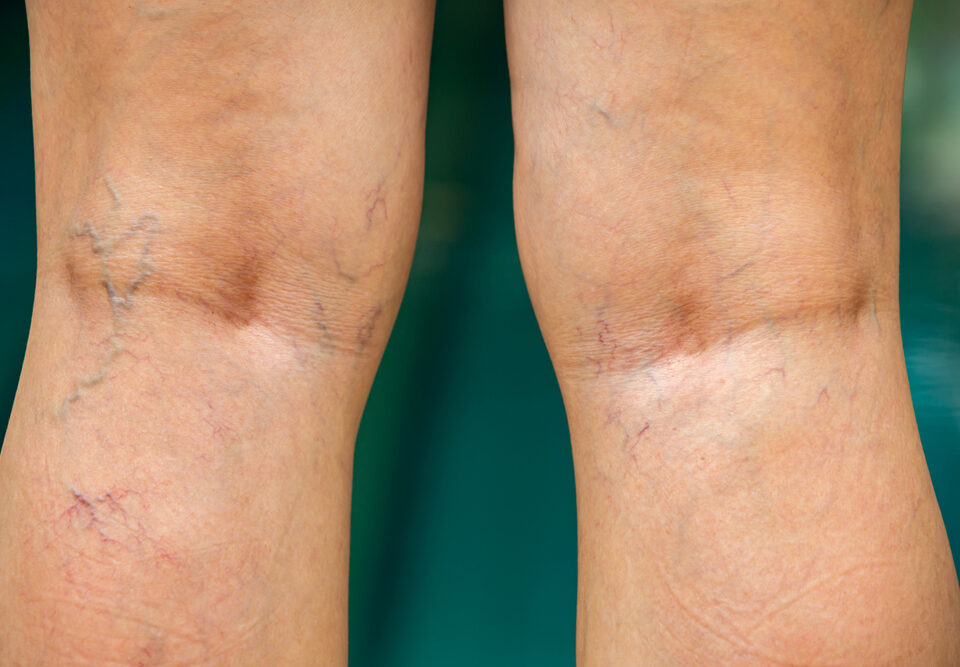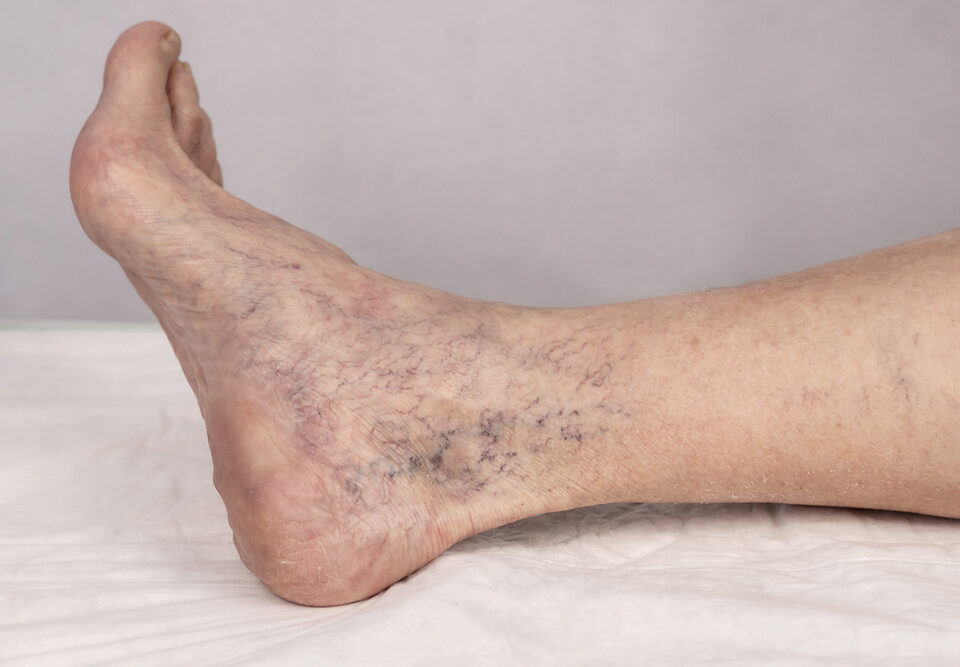Muscle cramps in your legs can be normal, especially if you’ve just run or been in one position for a long time, like crouching as you garden. Unfortunately, painful leg cramps can also point to something far more serious, a condition known as peripheral artery disease, or PAD.
Board-certified interventional cardiologist Dr. Saleem Saiyad and the accomplished team here at Premier Vein & Vascular offer residents in the Tampa, Florida, area the best in advanced and compassionate care for many conditions, including PAD.
What is peripheral artery disease and why should it concern you?
PAD isn’t uncommon, unfortunately. It occurs when your arteries become narrowed, most often due to an accumulation of fatty plaque, a condition called atherosclerosis. This narrowing makes it much harder for your blood to reach your limbs with an essential ingredient, oxygen.
The worry for PAD patients is that when you’re diagnosed with it, you’re at higher risk of experiencing a heart attack or stroke. PAD also raises your risk for limb amputation.
How do you know if you have PAD?
These are the symptoms of PAD that you should be aware of:
- Thigh and calf muscle cramping
- Leg numbness or weakness
- Skin color variations of the leg or shiny skin
- Slow toenail growth
- Slow hair growth on legs
- Delayed wound healing on the legs
- Legs feeling cooler than the rest of your body
As PAD progresses, you can feel pain even while you’re at rest, and it may awaken you while sleeping. Though your legs are the most common place to suffer pain and discomfort, it can happen in your arms as well.
PAD-related hip, thigh, and calf pain often occurs when you’re exercising, walking, or climbing a flight of stairs, because these activities demand increased blood flow. This is known as intermittent claudication and it’s often relieved when you stop moving.
Another concern related to peripheral artery disease is that if tissue has suffered PAD-related damage, you may not even feel relief while at rest.
What treatments are offered for peripheral artery disease?
To make an accurate PAD diagnosis, Dr. Saiyad talks to you about your medical history and orders testing to help find the root cause of your discomfort. He may perform an ankle-brachial index (ABI) to pinpoint the precise areas where blood flow is inhibited in your legs.
An ABI is just like a standard blood pressure test, except it’s given in your ankles and your arms, and sometimes readings are taken before and after exertion. Ultrasound is also employed during this test so Dr. Saiyad can get an idea of what your blood pressure actually sounds like.
Dr. Saiyad compares blood pressure readings taken at your ankle with those of your upper arm. Your ankle measurements are typically lower than those of your arm. If you have PAD, however, your ankle reading might be as much as half of your arm reading.
Basically, the lower your reading, the more artery blockage you likely have.
If your score is low on this test, Dr. Saiyad is likely to recommend other tests, which might include angiography — a CT scan or MRI combined with contrast dye. This allows him to see the interiors of your blood vessels.
He might also recommend an imaging test that measures how fast your blood is flowing. This is called a duplex ultrasound.
In severe PAD cases, Dr. Saiyad performs angioplasty with stenting, where he places a catheter in your artery after making a minor groin incision. Similar to angioplasty for the heart, a balloon expands your narrowed artery so he can insert a stent that permanently keeps your artery open.
Take our PAD screening test
As mentioned, heart attack, stroke, and limb loss are linked to peripheral artery disease. It’s not something to trifle with.
If you think you might be affected by peripheral artery disease, don’t hesitate to take our PAD screening test. If your results suggest a consultation with Dr. Saiyad is needed, know that you’re in the best hands possible.
Call our Tampa or Largo office for a PAD consultation, or reach out to us online.





